Artificial intelligence is the subject currently on everyone's lips. The new technology can advise customers, make recommendations, create content or translate texts. It also offers numerous potential applications in the home textiles industry, as demonstrated by the Heimtextil trade fair, which took place in Frankfurt at the beginning of January.
The organisers focused on this topic at the opening press conference. AI tools can create new patterns and shapes for textiles and furniture, draw these designs, take over parts of production and optimise it. This makes production processes faster and more effective. There is also potential in terms of the circular economy: virtual reality can be used, for example, to test whether a product suits your own lifestyle before you buy it in order to avoid returns, or to calculate the amount of fabric needed to cover a piece of furniture in order to save resources. The company New Retex uses artificial intelligence to sort used textiles so that they can be processed and reused. IT expert Variant 3D, on the other hand, offers AI-driven knitting software that can be used to produce even complex shapes such as lampshades without creating patterns.
The fear of jobs being lost through the use of artificial intelligence is not shared, emphasised AI consultant Danny Richman. Instead, the opposite is true: if designers or manufacturers are supported in their work by technology, they have more time for new ideas and improvements. And trend expert Anja Bisgaard Gaede added: "Creativity should not be replaced, we need creativity!"
The use of technology to design and manufacture textiles was one of the focal points of the current Heimtextil trends presented by trend agency Spott Trends & Business as part of a special show at the exhibition centre. Under the heading "New Sensitivity", approaches are summarised that strive for an economy that takes into account the sensitivity of the earth's ecosystem.
Another topic was the use of plant-based materials. Textiles can be made from seaweed, cactus or mushroom fibres, for example. By-products from the processing of bananas, olives or persimmons are also suitable. Their advantage is that they can simply be composted at the end of their life cycle.
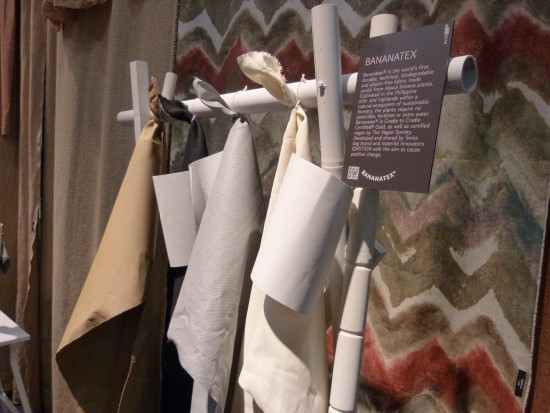
Sensitivity is also reflected in new colouring methods, explained Bisgaard Gaede during a tour of the special area. In the past, this industry had…

 Menü
Menü




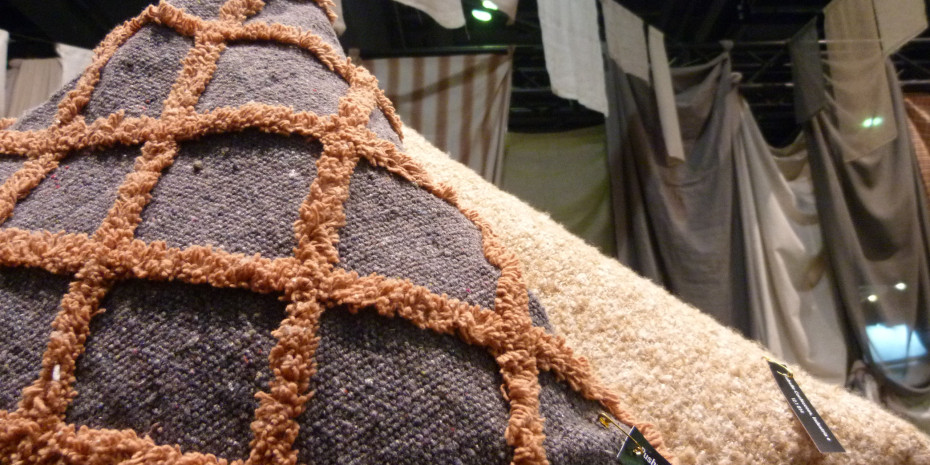


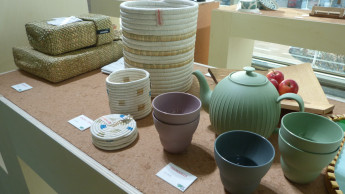
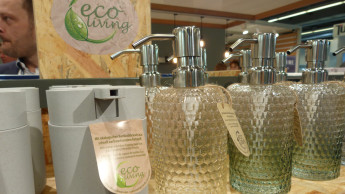

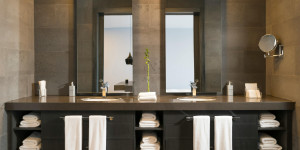
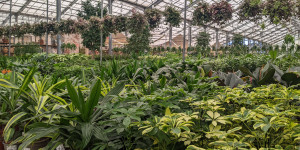


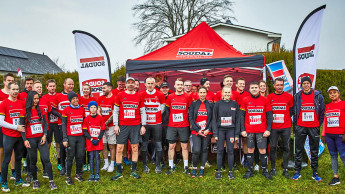
 Newsletter
Newsletter